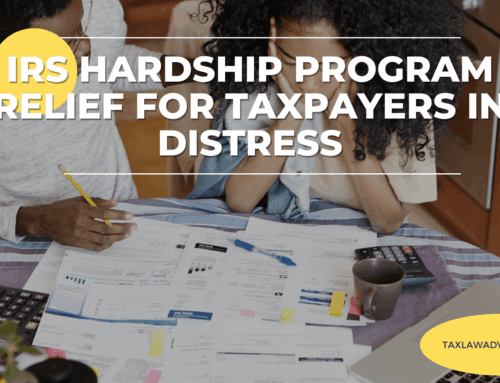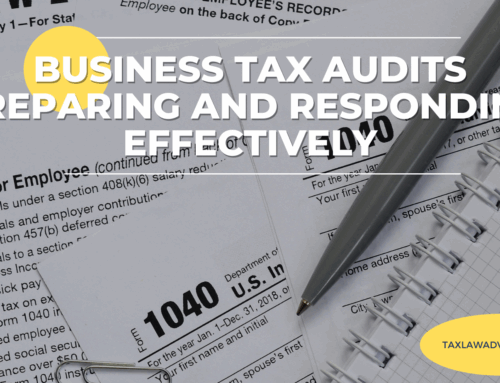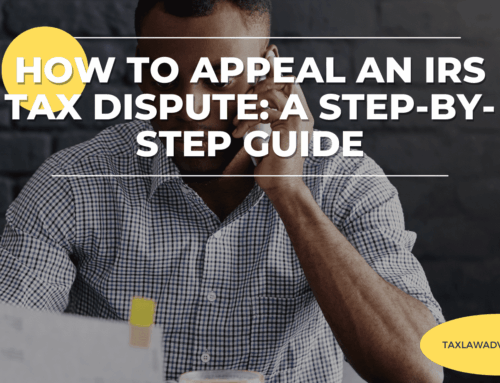If you find yourself owing money to the IRS, you’re not alone. In fact, according to a report from the Treasury Inspector General for Tax Administration, more than 14 million taxpayers were in debt to the IRS as of March 2019. The good news is that there are options available for those who want to reduce their IRS debt. Let’s take a look at a few of them.
Step 1: Get Organized
The first step is to gather all of the documentation related to your tax debt. This includes your tax return from the year in question, any letters or notices you’ve received from the IRS, and records of any payments you’ve made towards the debt. Once you have all of your documentation in order, you have put yourself in the best position to move forward.
Step 2: Know Your Options
There are multiple options available to taxpayers, depending on how much IRS debt they have. The simplest way to discover these options is to talk to a tax attorney like Tax Law Advocates.
At Tax Law Advocates, we help individuals and businesses who owe $10,000 or more to the IRS. We can help you with everything from Tax Levies & Liens to Wage Garnishment to Asset Seizure and beyond.
We have a team of federally licensed & enrolled agents, tax attorneys, and accountants ready to solve issues at the federal and state level. We have over 13 years of experience and hundreds of reviews from people just like you.
Option: Installment Payments
One option is the Installment Payment Program, which allows you to pay your debt in monthly installments. To be eligible for this program, you must complete and submit a financial statement to the IRS. This statement will be used to determine your ability to make monthly payments.
If you are approved for the program, you will be required to make automatic monthly payments from your bank account. The amount of each payment will be based on your balance due, and you will be responsible for paying any interest and penalties that accrue. If you default on your payments, the IRS may revoke your participation in the program and take steps to collect the debt. However, as long as you make your payments on time, the Installment Payment Program can be a helpful way to manage your tax debt.
Option: Office In Compromise
Another option to reduce your IRS debt is to request an Offer in Compromise (OIC). An OIC is an agreement between a taxpayer and the IRS that settles the taxpayer’s tax liability for an amount that is less than the full amount owed.
To qualify for an OIC, you must demonstrate that you cannot pay your full tax liability and that an OIC is in the best interest of both parties.
Option: Currently Non-Collectible Status
Currently Non-Collectible Status is when the IRS decides that you cannot afford to pay your tax debt. This could be because you are unemployed, underemployed, or facing large medical bills. When you are in Currently Non-Collectible Status, the IRS will not try to collect payment from you. However, this does not mean that your debt is forgiven.
The IRS can still come after you for payment if your financial circumstances improve. Currently Non-Collectible Status is typically a temporary measure, and it’s important to stay on top of your taxes even when you can’t afford to pay them. Otherwise, you could end up facing even more penalties and interest down the road.
Next Steps
If you’re struggling with IRS debt, don’t hesitate to reach out for help. There are plenty of resources available to assist you in reducing your tax liability. And remember, the sooner you take action, the better off you’ll be.
Everyone dreads getting a letter from the IRS. But if you find yourself in debt to the IRS, don’t despair—there are ways to reduce what you owe. We can help you.






